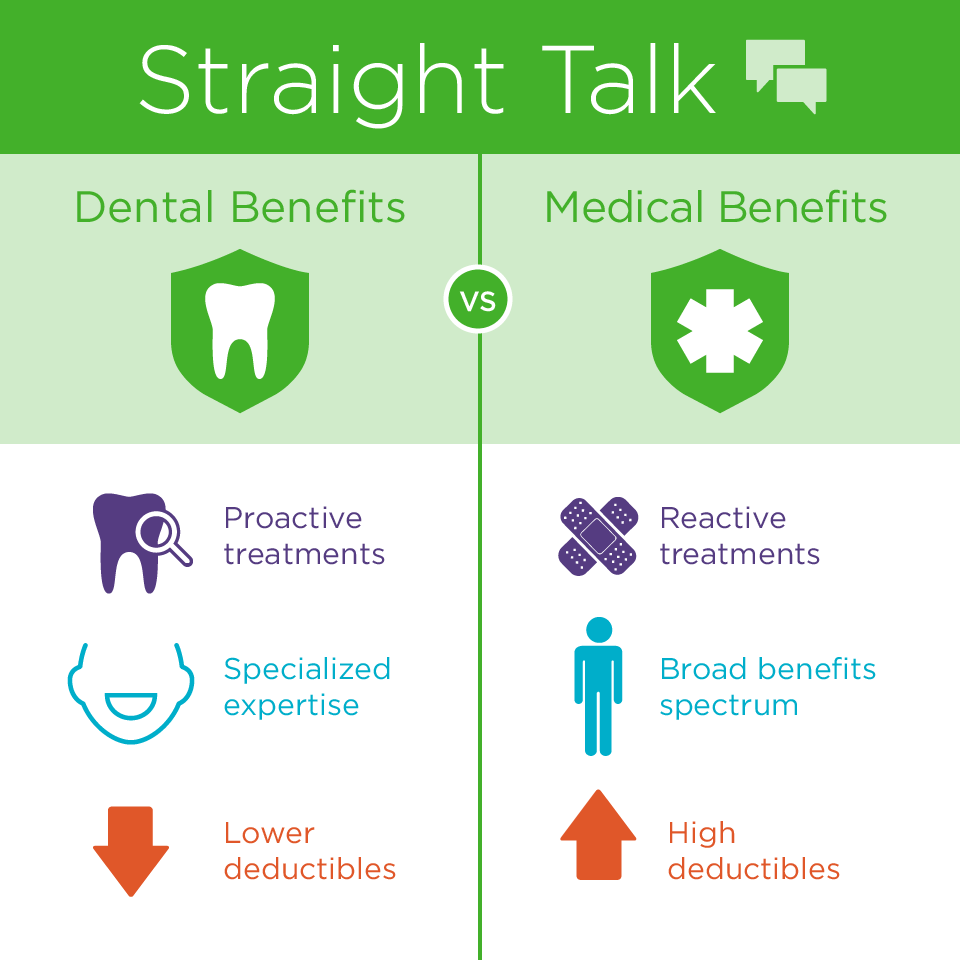5 Easy Facts About Medicare Advantage Agent Shown
5 Easy Facts About Medicare Advantage Agent Shown
Blog Article
The Ultimate Guide To Medicare Advantage Agent
Table of Contents10 Simple Techniques For Medicare Advantage AgentThe Buzz on Medicare Advantage AgentMedicare Advantage Agent Things To Know Before You Buy

adheres to from confusing the reasonably young age profile of the without insurance with the better health, usually, of more youthful individuals. This covers the web link between health and wellness condition and medical insurance. For those without access to workplace medical insurance, inadequate health and wellness is a possible barrier to acquiring nongroup insurance coverage due to the fact that such insurance coverage might be very valued, omit preexisting problems, or be simply not available. The variety of without insurance Americans is not especially big and has not changed recently. 7 out of ten respondents in a country wide depictive survey thought that fewer Americans did not have health insurance than in fact do(Fronstin, 1998). Approximately half(47 percent )believed that the number of individuals without health insurance coverage reduced or continued to be consistent over the last half of the last years(Blendon et al., 1999). This decrease of virtually 2 million in the variety of individuals 'without insurance (a decrease
of around 4 percent)is definitely a favorable change. With a softer economic climate in 2000 the most recent reported gains in insurance coverage may not proceed(Fronstin, 2001 ). The decrease in the number of uninsured will not proceed if the economic situation remains slow-moving and health care costs proceed to outpace rising cost of living. This is because the information were collected for a duration of solid financial performance. Of the estimated 42 million individuals that were without insurance, all however about 420,000(concerning 1 percent)were under 65 years of age, the age at which most Americans end up being eligible for Medicare; 32 million were grownups between ages 18 and 65, about 19 percent of all grownups in this age; and 10 million were children under 18 years old, regarding 13.9 percent of all kids (Mills, 2000). These estimates of the variety of persons without insurance are generated from the yearly March Supplement to the Existing Populace Survey (CPS), carried out by the Demographics Bureau. Unless otherwise noted, national price quotes of individuals without wellness insurance policy and percentages of the population with different sort of insurance coverage are based upon the CPS, the most widely used resource of quotes of insurance coverage and uninsurance prices. These studies and the quotes they yield are defined briefly in Table B. 1 in Appendix B - Medicare Advantage Agent. These studies differ in size and tasting approaches, the inquiries that are asked concerning insurance policy
Medicare Advantage Agent Fundamentals Explained
insurance coverage, and the moment duration over which insurance coverage or uninsurance is determined(Lewis et al., 1998, Fronstin, 2000a ). Still, the CPS is particularly useful because it generates annual price quotes fairly quickly, reporting the previous year's insurance policy coverage approximates each September, and because it is the basis for a regular collection of quotes for even more than 20 years, permitting evaluation of trends in insurance coverage in time.

The Ultimate Guide To Medicare Advantage Agent
Over a three-year duration beginning early in 1993, 72 million people, 29 percent of the united state populace, lacked coverage for at the very least one month. Within a solitary year(1994), 53 million individuals experienced a minimum of a month without insurance coverage(Bennefield, 1998a). Six out of every 10 uninsured grownups are themselves employed. Working does enhance the likelihood that one and one's household participants will certainly have insurance coverage, it is not an assurance. Also participants of families with 2 full-time breadwinner have virtually a one-in-ten possibility of being uninsured (9.1 percent uninsured rate)(Hoffman and Pohl, 2000 ). The partnership between wellness insurance and access to care is well established, as documented later on in this phase. Although the connection in between health and wellness insurance and health results is neither direct nor straightforward, a comprehensive scientific and health solutions study literary works web links health insurance policy coverage
to better access to care, better top quality, and enhanced individual and population health standing. For instance, the second record, on personal health and wellness outcomes for uninsured adults, is stood for by the inner circle of the figure, while the 3rd record, on family health, encompasses the subjects of the 2nd record but emphasizes a different system of analysis, specifically, the family. The sixth record in the collection will certainly provide information regarding techniques and efforts taken on locally, statewide, or country wide to deal with the lack of insurance policy and its damaging impacts. Levels of evaluation for examining the impacts of uninsurance. This discussion of health insurance coverage concentrates primarily on the united Web Site state populace under age 65 because virtually all Americans 65 and older have Medicare or other public protection.
It focuses especially on those without any type of health insurance for any type of length of time. The problems faced by the underinsured remain in some aspects comparable to those dealt with by the uninsured, although they are typically less severe. Uninsurance and underinsurance, nevertheless, entail definitely various plan concerns, and the methods for addressing them might vary. Throughout this study and the five reports to adhere to, the major emphasis gets on persons without health insurance policy and thus no support in spending for health and wellness treatment past what is readily available via charity and safeguard organizations. Wellness insurance policy is a powerful factor influencing receipt of care because both people and doctors reply to the out-of-pocket cost of solutions. Medical insurance, however, is neither required neither adequate to acquire access to clinical services. Nevertheless, the independent and direct result of health and wellness
insurance protection on access to health solutions is well developed. Others will certainly acquire the health and wellness care they need even without medical insurance, by paying for it expense or seeking it from suppliers that supply treatment free or at highly subsidized prices. For still others, health and wellness insurance coverage alone does not make certain invoice of care because of other nonfinancial barriers, such as an absence of healthcare companies in their community, restricted accessibility to transportation, illiteracy, or linguistic and social distinctions. Formal research study regarding uninsured populations in the United States dates to the late 1920s and very early 1930s when the Board on the Price of Medical Treatment created a collection of reports regarding financing physician office check outs and hospital stays. This concern came to be significant as the numbers of medically indigent climbed throughout the Great Clinical depression. Empirical research studies regularly support the web link in between access to care and boosted health and wellness results(Bindman et al., 1995; Starfield, 1995 ). Having a routine resource of care can be considered a forecaster of accessibility, instead of a direct procedure of it, when health and wellness outcomes are themselves used as accessibility indications. This expansion of the notion of gain access to dimension was made by the IOM Committee on Checking Accessibility to Personal Health Care Solutions(Millman, 1993, p. Whether or not parents are insured appears to influence whether or not their kids receive care along with just how much careeven if the children themselves have insurance coverage(Hanson, 1998). The health of moms and dads can affect their ability to look after their kids and the degree of family stress and anxiety. Stressing over their youngsters's access to care is itself a source of anxiety for moms and dads. Three chapters read more adhere to in this report. Phase 2 supplies an overview of exactly how employment-based wellness insurance coverage, public programs and specific insurance coverage operate and communicate to offer comprehensive but insufficient insurance coverage of the U.S. populace. This consists of a review of historic fads and public plans affecting both public and private insurance, a discussion of the communications amongst the different kinds of insurance coverage, and an examination of why people move from one program to an additional or finish up

Report this page